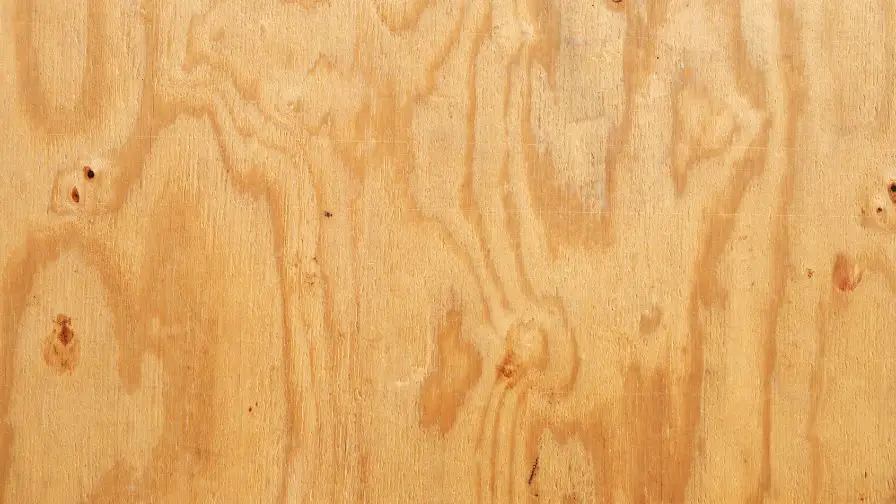
If you’re a do-it-yourself kind of person, you may be wondering if plywood needs to acclimate before you start using it. The answer is: it depends. In this blog post, we’ll talk about what plywood acclimation is, and when you should or shouldn’t worry about it. We’ll also give you some tips on how to avoid any problems with your plywood during the acclimation process. Stay tuned!
What Is Plywood Acclimation, And Why Is It Important?
You may have heard of the term “plywood acclimation” but what does it actually mean? Plywood acclimation is the process of allowing the plywood to adjust to its environment prior to installation. This is important because if plywood isn’t properly acclimated, it can lead to problems such as warping, cupping, or cracking.
When Should You Worry About Plywood Acclimation, And When Can You Skip It Altogether?
If you’re building something that will be exposed to the elements, it’s important to make sure the plywood you use is acclimated to the environment it will be in. Otherwise, the wood can warp or crack as it expands and contracts with changes in temperature and humidity.
However, if you’re using plywood for an indoor project that won’t be subject to extreme changes in temperature or humidity, acclimation may not be necessary. In general, if you’re working on a small project that will be used indoors, you can probably skip the acclimation process altogether.
Of course, if you’re ever in doubt, it’s always better to err on the side of caution and acclimate your plywood before beginning your project. That way, you can be sure your project will turn out the way you want it to.
How Long Should Plywood Acclimate?
Subscribe to WagnerMeters
The general rule of thumb is that it should be left in the area where it will be used for at least 24 hours. This will give it a chance to adjust to the temperature and humidity levels of its new surroundings.
Of course, there are always exceptions to the rule. If you’re working in an extremely dry or wet environment, you may need to adjust the acclimation time accordingly.
Once your plywood is properly acclimated, you’re ready to get to work!
Does Subfloor Need To Be Acclimated?
If your subfloor is made of plywood, it’s important to make sure that the material is properly acclimated before installation.
Acclimation is only necessary if the flooring and subfloor are outside the optimal moisture content ranges for installation. This process helps ensure that your flooring won’t be damaged by changes in moisture levels after it’s installed.
To properly acclimate your subfloor, you’ll need to measure the moisture content of both the flooring and the subfloor. If either one is too wet or too dry, you’ll need to adjust the humidity level in your home until both materials are within the optimal range.
Once the subfloor is properly acclimated, you can proceed with the installation. Keep in mind that you’ll need to monitor the moisture levels in your home after installation and make sure that they remain within the optimal range. Otherwise, your flooring could be damaged by changes in moisture levels.
Do 2X4s Need To Acclimate?
In fact, all lumber should be given a chance to adjust to the temperature and humidity of its new environment before you install it.
If you don’t allow lumber to acclimate, it will have some problems as soon as it’s installed, causing all sorts of problems like cracks, gaps, and popped nails.
So how do you acclimate lumber? The best way is to leave it in the room where it will be installed for at least 24-48 hours before starting your project. This gives the wood a chance to reach equilibrium with its surroundings.



